Percent Funded
Percent Funded is an analytic tool used to gauge reserve fund strength by comparing the reserve fund balance against the Fully Funded Balance (FFB) which is a mathematically idealized reserve fund balance. Percent Funded yields a percentage where higher percentages are considered stronger (less risky) than lower percentages.
Percent Funded is calculated by taking the ratio of the reserve fund balance to the FFB.
Percent Funded = 100% * Reserve Fund Balance / Fully Funded Balance
Example:
Reserve Fund Balance = $90,000
Fully Funded Balance = $100,000
Percent Funded = 100% * $90,000 / $100,000 = 90.0%
When a reserve fund balance equals the FFB, the reserve fund is considered to be Fully Funded or 100% funded. When the reserve fund is below the FFB, the reserve fund is less than 100% funded and when the reserve fund is above the FFB, the reserve fund is greater than 100% funded.
Maintaining a reserve fund balance at or near 100% funded is considered Full Funding, and maintaining the reserve fund balance at or above some preset Percent Funded level (or dollar level) is considered Threshold Funding. Full and Threshold Funding are two of the four funding goal types described in the national standards. Percent funded levels can vary substantially from year to year. In general, the lower the percentage the higher the risk of a reserve shortfall which may foretell undesirable future assessment increases, special assessments, loans and deferred maintenance.
Percent Funded values generally fall between 0% and 100%, but percentages above 100% and occasionally significantly above 100% do occur. Unless required by local statute or within governing documents, percentages below 100% do not necessarily indicate that reserves are inadequately funded.
| Poor 0-30% | Fair 30-70% | Strong 70% + |
Percent Funded ranges are not specified in the national standards.
